The current talking-point at the Royal Ballet is the Russians milling around. One can sound unfortunately as if one’s starting a Ukip conversation here, but the Royal Ballet never used to be short of half a dozen home principals, any one of whom could be looked on as sufficiently glittery to attract the opening-night audience.
Right now, though, the recent loss of a wonderful generation of artists — Cojocaru, Kobborg, Rojo, Benjamin, Polunin — has left the top rank rather thinned of true star quality, especially among the women. Hence the excitement at the recruiting to the Royal of Natalia Osipova from the Mikhailovsky and Bolshoi, Vadim Muntagirov from English National Ballet, and the guests Iana Salenko and Evgenia Obraztsova recently in Swan Lake.
Osipova, with that fabulous jump and heedless emotional soul, has been proving every inch the daring artist in all her new roles at the Royal this season. Later this week she is excitingly slated to debut as Ashton’s bubbly Lise in the enchanting La Fille mal gardée, alongside the vivid Steven McRae, which may be a pairing of competitors for the spotlight, rather than the complementary partnership we saw on the opening night last week from Muntagirov and Laura Morera.
Morera is one of the Royal Ballet’s quietly lethal weapons, her musicality and understated gracefulness the epitome of ‘English school’ discreetness. Lise — the shiftless, naughty daughter who runs rings around her (male) mother’s pantomime plans to marry her to the local idiot — is a minefield of a role whose comic layers the deceptively po-faced Morera peels away with subtlest glee. How affronted she is when her mother demands she churn some butter. How utterly astonished her mother is to find Lise actually holding a broom in her hand.
And then how one’s irritation melts away at the light grace of Morera’s dreamily happy solo in the cornfield with her swain, Colas, and the sexy tenderness with which she invests the duet with him once mother has at last given in. All of this is artistic interpretation of highest talent, and even if Morera has lost a little of her former technical daintiness over the years, her intuition for every inflection is entirely Ashtonian. There’s a constant threat of a bucket of goo upending all over it, with dancing chickens, the pony, ribbons everywhere, and the masterful sentimentality of Ferdinand Hérold’s 1828 score, but like Mozart, Ashton always contrives to pierce your heart with the fallibility of human beings.
Will Tuckett as Widow Simone also shows that wonderfully all-embracing communication, and not in a Dame Edna way. Hugely tall in his green plaid, shyly smiling as the white curlers bob in his hair, he somehow embodies lovably hopeless mothers, and treats the clog dance as a little reminder that back in her youth she was a bit of a whizz on the clogs.
Such a deft comic world is the den of lions into which exhibitionists enter at their peril. But Muntagirov has returned to his roots in coming to Covent Garden from ENB. Royal Ballet School-trained, he has been showing himself wholly at home in the entire repertoire since he left ENB. He’s the sun who has followed Sergei Polunin’s darkness, in a way— both of them being Russians trained in England — but Muntagirov, visibly, is happy in his heritage as Polunin was not.
Light and lithe, Muntagirov displays constant care and pleasure with every single tricky step Ashton made for Colas. I’ve never seen that opening solo in the yard so full of morning freshness. And, rather like Carlos Acosta, Muntagirov has a real niceness about him; he could never be a show-off. Osipova, be warned. And there has been a terrible warning elsewhere, too, of what happens to Russian ballerinas when they disappear up their own mythology. The glorious goddess of Kirov dancing Diana Vishneva jetted in last week to a half-empty Coliseum to show us a personal project that by the end of the two works had substantially dismantled the adoration she’s rightly commanded from legions of British fans over the past 20 years.
On the Edge it was called, but it was beyond the edge of silliness to see two international choreographers, Jean-Christophe Maillot and Carolyn Carlson, doing the bidding of a glamorous, rich, famous ballerina asking to be displayed as a drab little madwoman inviting us to share her tears. It used about a tenth of Vishneva’s dancing capability, and frolicked depressingly in the shallows of vanity.
Got something to add? Join the discussion and comment below.
Get 10 issues for just $10
Subscribe to The Spectator Australia today for the next 10 magazine issues, plus full online access, for just $10.
You might disagree with half of it, but you’ll enjoy reading all of it. Try your first month for free, then just $2 a week for the remainder of your first year.

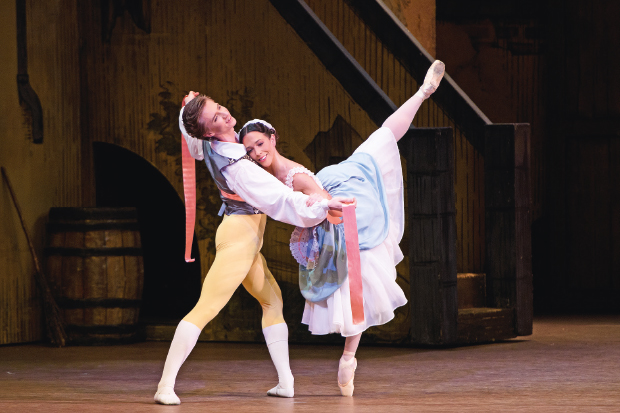
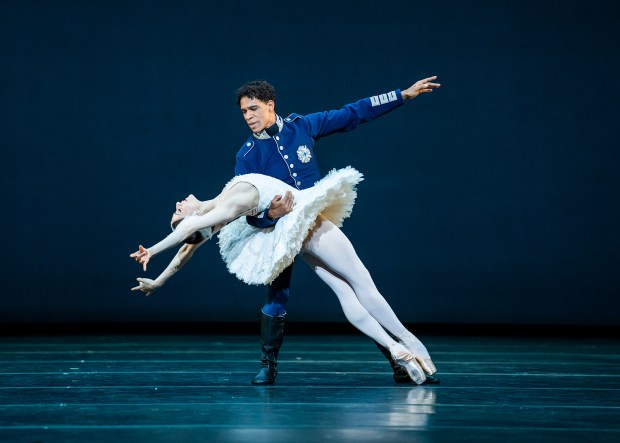
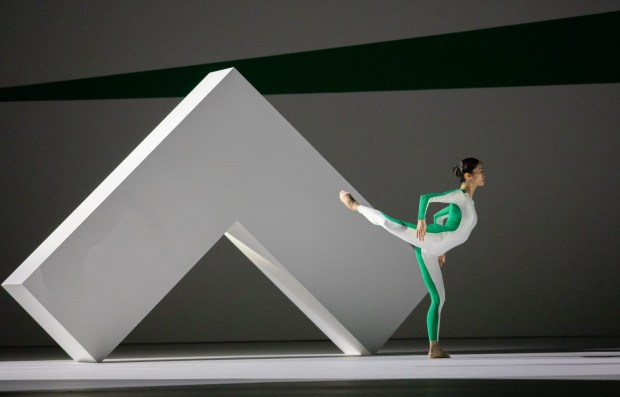
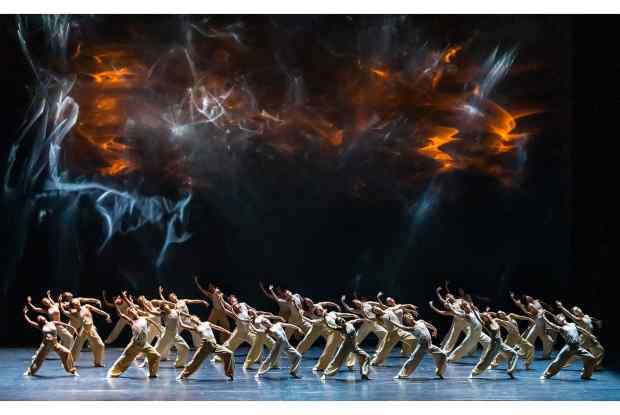
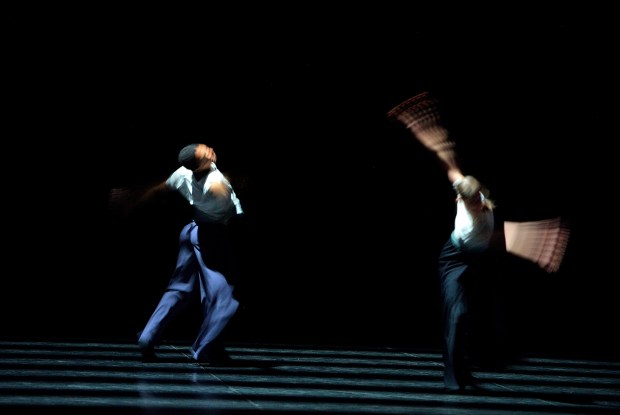
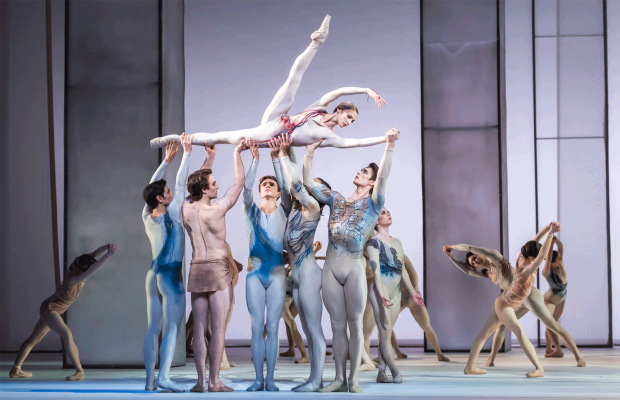
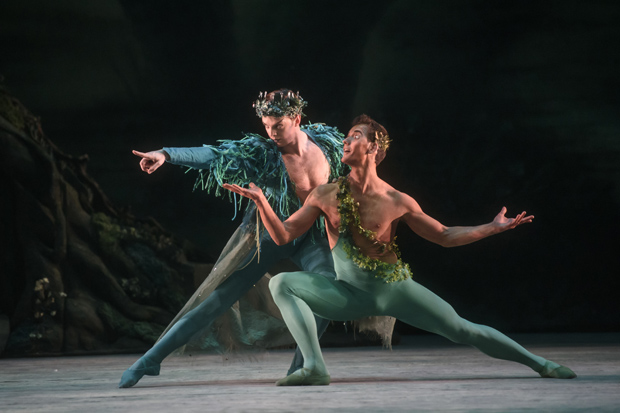






Comments
Don't miss out
Join the conversation with other Spectator Australia readers. Subscribe to leave a comment.
SUBSCRIBEAlready a subscriber? Log in